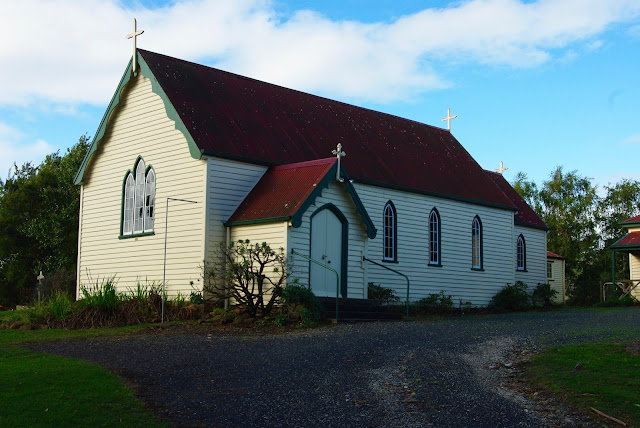No. 141 - Trevallyn - Our Lady of the Assumption Catholic Church - 'Pagan Influences'

In the 1950s and early 1960s Tasmania saw an increase in the number of new churches built; perhaps a consequence of post-war optimism. However, this 'boom' was not to last, and as the baby boomers grew up, they drifted away from established religion and subsequent generations found ‘freedom’ and fulfilment in the brave new world. The Church of Our Lady of the Assumption at Trevallyn was born in these contradictory times of abundance in the shadow of the Cold War. The opening of a new church took place on August 15, 1950, on the feast day of the Assumption of Mary. This pre-empted Pope Pius XII’s declaration in November 1950 of the Assumption of Mary as Catholic dogma. The Trevallyn church’s opening ceremony was reported in The Examiner under the headline; “Archbishop warns of Pagan influences”. Archbishop Tweedy said: "There are forces at work in Australia today which, if they were successful, would sound the death knell of liberty in this country. People in other lands kn...




